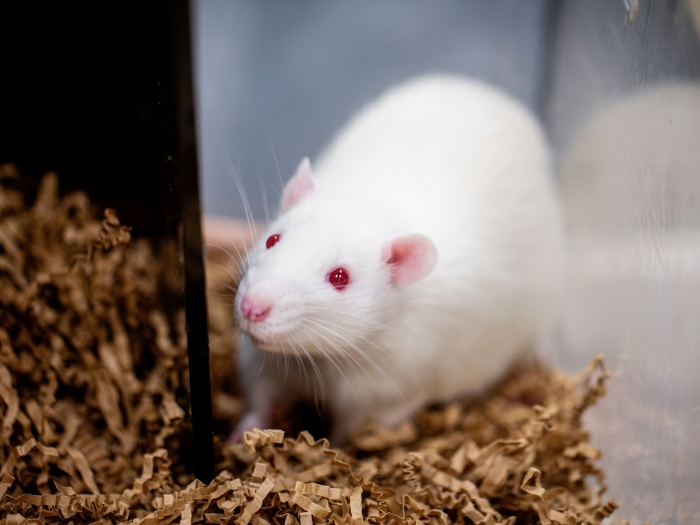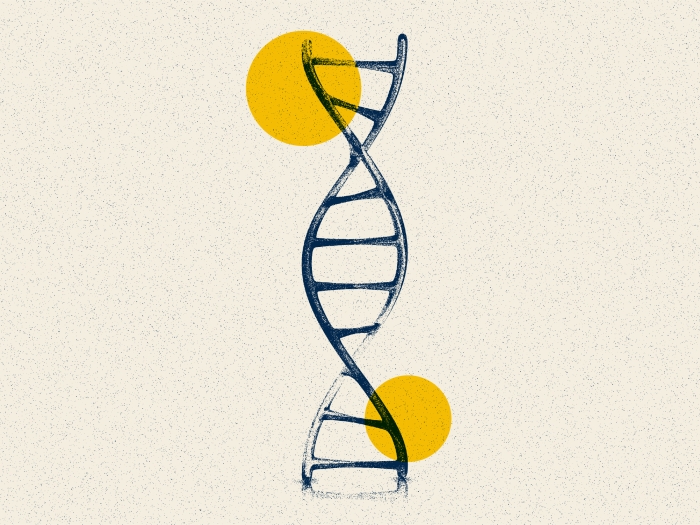New study identifies a role of TCF7L2 in aortic aneurysm.
10:26 AM
Author |

A new study increases knowledge of the genetics behind aortic aneurysm, a disease that can spark life-threatening events like aortic dissections and ruptures.
University of Michigan Health-led researchers compared blood samples from more than 1,300 people who had a thoracic aortic aneurysm with more than 18,000 control samples, in partnership with U-M's Cardiovascular Health Improvement Project and its Michigan Genomics Initiative.
"After examining nearly the entire human genome for genetic changes that increase risk of aneurysm, we discovered a new change in the genetic code of a transcription factor, which means it controls many other genes," explained co-corresponding author Cristen Willer, Ph.D., a professor of cardiovascular medicine, internal medicine, human genetics and computational medicine and bioinformatics at University of Michigan Health.
Then, Willer's team collaborated with Minerva Garcia-Barrio, Ph.D., an assistant professor of internal medicine, to examine the role this gene played in smooth muscle cells, a component of aorta.
"We examined this gene in human cells and discovered that the transcription factor we identified is a key factor that gives instructions to cells about when to die and replenish," said co-lead author Tanmoy Roychowdhury, Ph.D., a research fellow in the Division of Cardiovascular Medicine.
The authors say future research might investigate whether slowing down this apoptosis, or cellular death, in aortic aneurysm could reduce the risk of a person experiencing an aortic dissection or rupture in the future.
Paper cited: "Regulatory variants in TCF7L2 are associated with thoracic aortic aneurysm." American Journal of Human Genetics. DOI: 10.1016/j.ajhg.2021.06.016

Explore a variety of healthcare news & stories by visiting the Health Lab home page for more articles.

Department of Communication at Michigan Medicine
Want top health & research news weekly? Sign up for Health Lab’s newsletters today!





